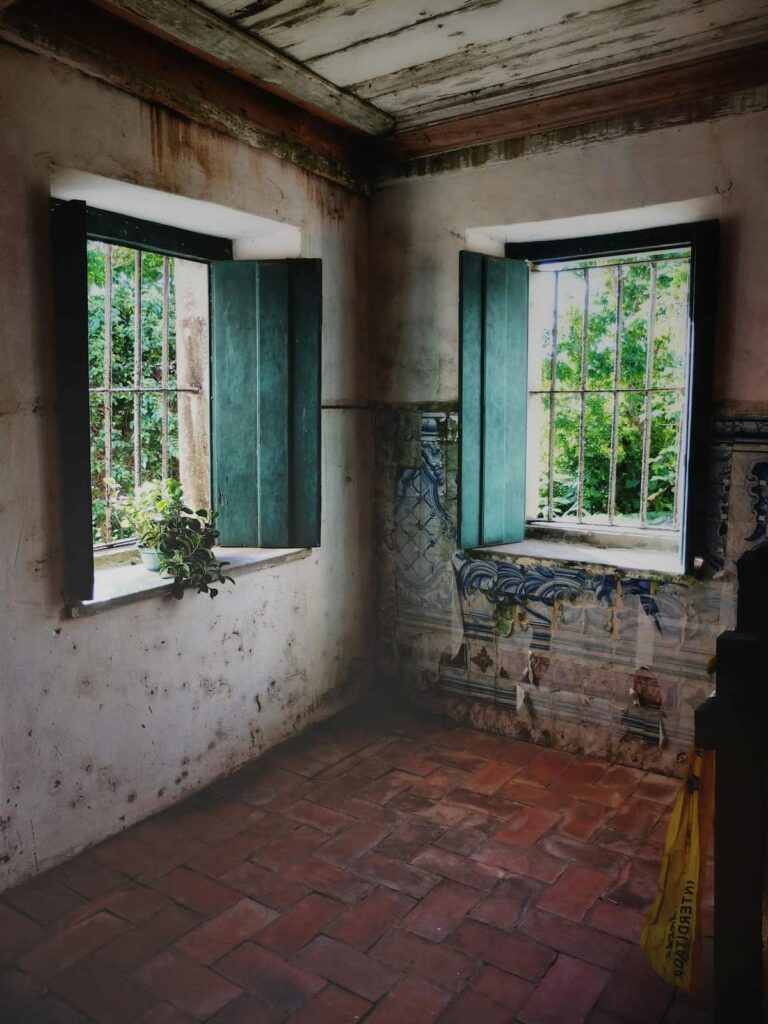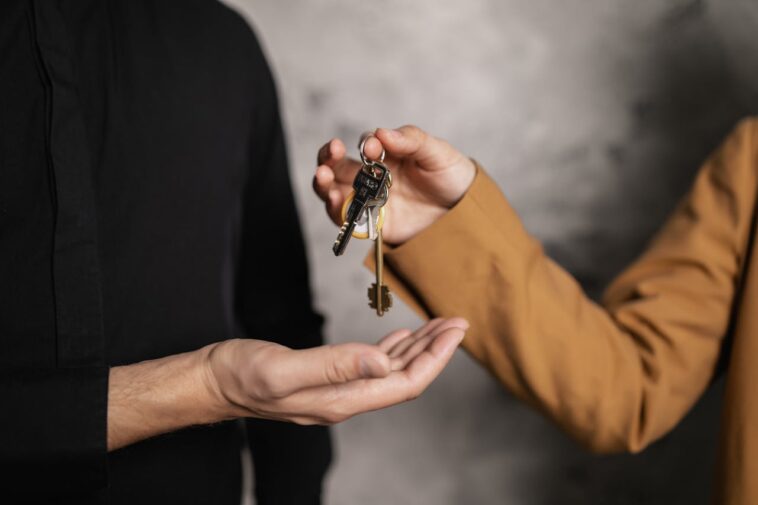Real estate investment is (in our minds) the best strategy for long-term wealth. However, not all investment opportunities are created equal. If you’re down this rabbit hole, you’ve probably already heard of house hacking, BRRR, and wholesaling.
Now, you want to know if buying uninhabitable homes is viable.
Investing in uninhabitable homes is a more unconventional and often overlooked strategy. While challenging, this approach can reward those who navigate it successfully. This article will explore the risks, techniques, and potential rewards of investing in properties initially considered unfit for living.
Understanding Uninhabitable Homes
An uninhabitable home is a property that, due to its condition, cannot be lived in safely or legally without significant repairs or renovations. These properties often have structural issues, health hazards like mold or asbestos, or lack essential services like electricity, water, or sewage systems. Due to these issues, these homes are typically available at significantly lower prices than comparable properties in livable condition.
If you’re willing to roll up your sleeves, you can scoop up these undesired properties, restore them, and sell them to move-in-ready buyers.
The Risks Involved
Investing in uninhabitable homes is not for the faint of heart. The risks involved are substantial:
Cost Overruns: Renovating a property can quickly exceed initial estimates, especially when unforeseen issues arise.
Regulatory Challenges: Local building codes and regulations may require more extensive repairs than initially anticipated.
Financing Difficulties: Many lenders are hesitant to finance the purchase of a home that’s been deemed uninhabitable, which might necessitate alternative financing methods such as cash purchases or hard money loans.
Extended Timelines: Renovation projects can often take longer than expected, delaying the time from investment to profit.
Market Variability: The real estate market might fluctuate during the renovation period, affecting the property’s resale or rental value.

Strategic Approaches
Successful investment in uninhabitable homes requires a well-thought-out strategy:
Thorough Inspection: Before purchasing, it’s crucial to conduct a thorough inspection to understand the extent of the damage and the potential costs involved. As an investor, you won’t catch us in a deal without at least three trusted inspectors we can call immediately.
Detailed Financial Plans: Investors should prepare detailed budgets that account for all potential costs, including unexpected ones. A contingency budget is essential to cover unforeseen expenses without jeopardizing the project’s financial viability. Our number never pays more than 70% of the ARV for a home.
Understanding of Local Regulations: Knowing the local building codes and zoning regulations is crucial. Sometimes, what appears to be a bargain might become a costly mistake if regulations require expensive changes.
Project Management: Effective renovation process management is vital. This can involve hiring skilled contractors, scheduling work to minimize downtime, and ensuring that the project adheres to budget and timeline.
Exit Strategy: Before purchasing a property, an investor should have a clear plan for what to do with it post-renovation—whether to sell, rent, or hold.
Potential Rewards
Despite the risks, the potential rewards can be significant:
High Returns: Due to their low initial purchase prices, even with substantial renovation costs, uninhabitable homes can yield a high return on investment if appropriately managed.
Market Appreciation: Properties in up-and-coming neighborhoods can appreciate significantly once renovated and livable.
Rental Opportunities: Once renovated, renting can turn these properties into income-generating assets.
Tax Advantages: Investors might benefit from various tax deductions related to property ownership and renovation expenses.
Case Studies
Here’s a real-life example from a deal we did. For anonymity, we’ll just call the seller “Joe.”
Joe wanted to sell his house fast for cash in Massachusetts because his job was relocating him the following week. He called us and scheduled a time for us to come over and meet with him. Joe told us he worked over 60 hours a week and never had time to keep up with his house. His house hadn’t been updated in over 30 years and needed some TLC. We calculated our offer after meeting with Joe, learning about his needs, and inspecting the property.
Joe owned a beautiful colonial built in the early 1900s. The house still had its original charm but has clear signs of being over 100 years old. Based on the recent sales of similar homes in the neighborhood, we calculate an ARV of $300,000. This is what his home will be worth after we fix it up.
When we did a walk-through with Joe, we got a rough estimate of what it would cost to repair his home. To bring Joe’s house back to life, we estimate the cost of repairs to be $80,000.
When we resell Joe’s house we will have to pay several fees at closing. This will include realtor commissions, attorney fees, recording fees, taxes, and our minimum profit. We typically estimate our selling to be about 20% of the ARV.
Our Offer = After-Repair Value – Cost of Repairs – Selling Costs
$160,000 = $300,000 – $80,000 – $60,000
Our Offer = $160,000 & We will close in 7 Days!
Boom.
From a business standpoint, we make $30,000 from the whole deal. This is many months of work. However, we can comfortably handle around ten deals simultaneously.




